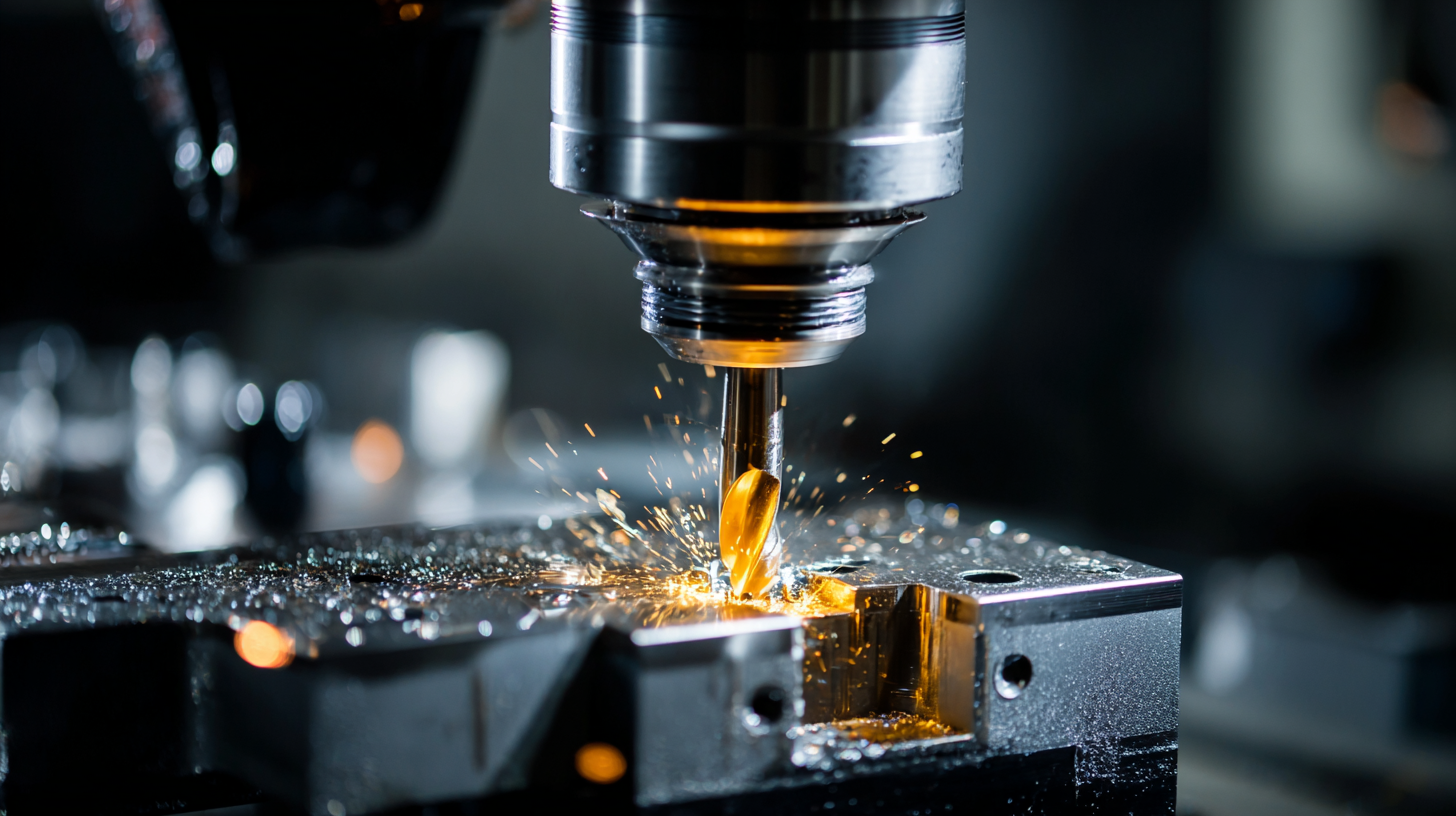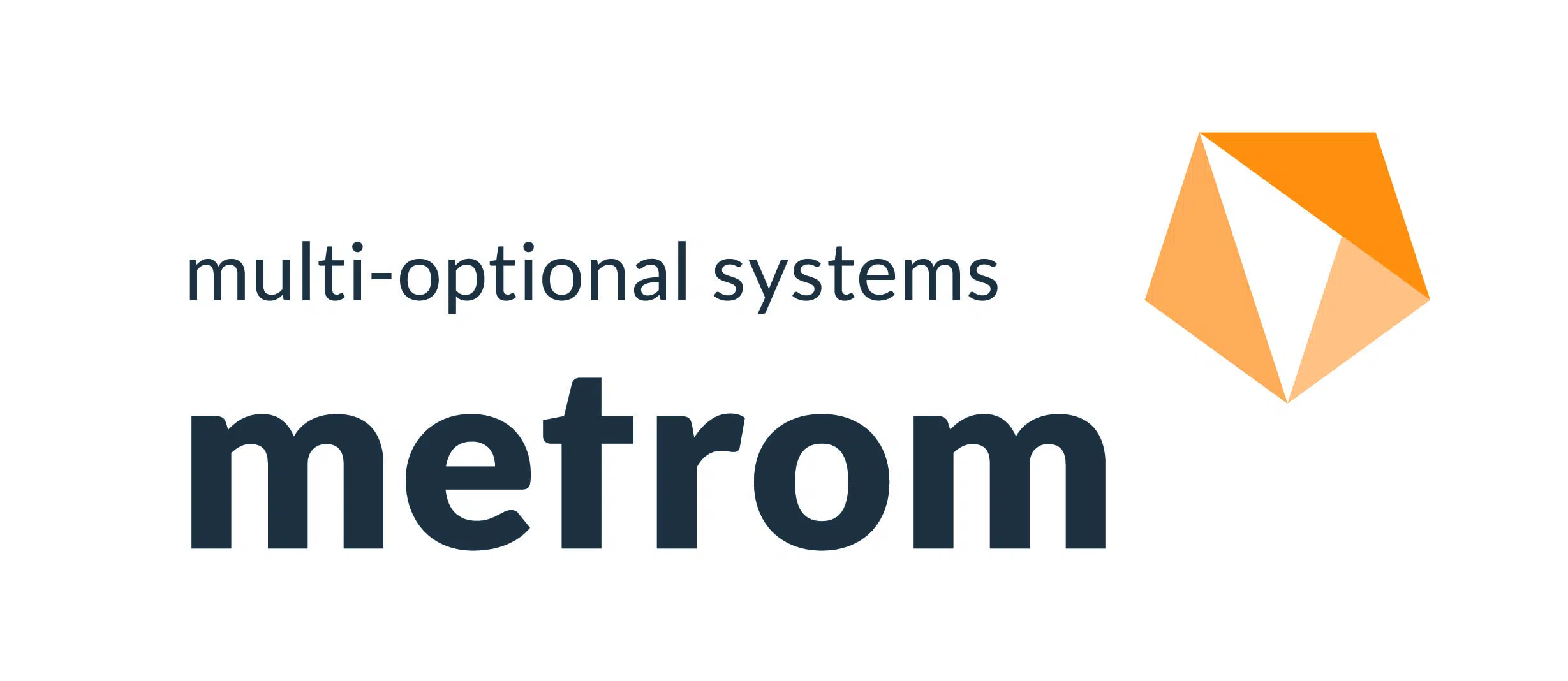METROM’s
Blog
METROM’s
Blog
Top Strategies for Maximizing Efficiency with the Best Industrial CNC Milling Machine
In today's competitive manufacturing landscape, maximizing efficiency is paramount for sustaining growth and profitability, particularly when utilizing advanced technologies such as the industrial CNC milling machine. According to a report by Grand View Research, the global CNC machine market is expected to reach $117.57 billion by 2027, highlighting the increasing reliance on automated processes to enhance production capabilities. As manufacturers seek to streamline their operations, the adoption of various alternatives to traditional machining practices has gained traction, offering innovative solutions that can reduce lead times and operational costs. This blog delves into the top strategies for optimizing efficiency with the best industrial CNC milling machines, exploring how embracing these alternatives can significantly transform production workflows and meet the ever-evolving demands of the industry.

Key Features to Look for in the Best Industrial CNC Milling Machines
When selecting the best industrial CNC milling machine, it's crucial to focus on key features that significantly enhance efficiency in manufacturing processes. One of the most critical aspects is the machine's build quality and material composition. According to a report by Grand View Research, the industrial machinery market is projected to reach $32.34 billion by 2025, emphasizing the need for robust and reliable machinery that can withstand the rigors of production. A well-constructed CNC milling machine can reduce vibration and improve precision, leading to better product outcomes and less waste.
Another essential feature to consider is the machine's accuracy and repeatability. Data from the International Society of Automation highlights that up to 20% of manufacturing costs may stem from inefficiencies associated with non-optimal machining processes. Machines equipped with advanced linear motion guides and high-resolution encoders can achieve superior tolerances, enhancing productivity. Furthermore, user-friendly interfaces and software integration play a vital role in streamlining operations, enabling operators to maximize machine capabilities and minimize downtime effectively. By focusing on these key features, businesses can significantly boost their operational efficiency and competitiveness in the market.
5 Reasons Why CNC Milling Machines Enhance Precision in Manufacturing
CNC milling machines have become indispensable in modern manufacturing, primarily due to their remarkable precision. One of the key reasons CNC milling enhances precision is their ability to automate complex machining tasks that would be challenging and time-consuming with manual tools. This automation not only reduces human error but also ensures consistent results batch after batch. Moreover, the integration of artificial intelligence in CNC operations further streamlines machining processes, allowing for real-time adjustments and optimizations.
Another factor contributing to the precision of CNC milling machines is their advanced tool holders, which secure cutting tools effectively and minimize vibrations during operation. The stability provided by high-quality tool holders directly translates to improved accuracy in the machining process.
Tips: To maximize efficiency, consider investing in CNC machines equipped with the latest AI technologies. Also, ensure that the tool holders used are of high quality to maintain the necessary precision in your manufacturing processes. Regular maintenance of the CNC equipment will also play a crucial role in sustaining operational accuracy and efficiency over time.

Top 4 Strategies to Optimize Workflow with CNC Machines
Maximizing efficiency in industrial CNC milling requires strategic optimization of workflows to enhance productivity. One essential strategy is the implementation of real-time monitoring systems. According to a recent study, manufacturers employing continuous monitoring can achieve an increase in operational efficiency by up to 20%. This not only aids in proactive maintenance but also minimizes downtime by allowing for quick response to potential issues.
Another effective strategy involves the integration of advanced automation technologies. The use of AI-driven solutions in CNC operations has shown promising results, with reports indicating a potential reduction in cycle times by up to 30%. These technologies facilitate better scheduling and resource allocation, which is crucial for maintaining competitive advantage in the fast-paced manufacturing sector.
Additionally, fostering a culture of continuous improvement through employee training and skill development can significantly enhance workflow optimization. A survey found that organizations that invest in employee training experience productivity increases of approximately 15%. By empowering workers with the latest skills and knowledge, companies can optimize machine utilization and improve overall operational workflows.
Top Strategies for Maximizing Efficiency with CNC Milling Machines
3 Essential Maintenance Tips for Prolonging CNC Machine Lifespan
Proper maintenance of CNC milling machines is crucial for maximizing their efficiency and prolonging their lifespan. According to a report by the CNC Machine Tool Association, regular maintenance can increase machine longevity by up to 30%, significantly reducing the costs associated with repairs and downtime. Implementing a systematic maintenance schedule that includes daily checks, weekly cleaning, and monthly inspections can ensure that machines operate at peak performance.

One of the essential maintenance tips is lubrication. A study by the International Journal of Advanced Manufacturing Technology emphasizes that proper lubrication not only reduces wear and tear but also enhances the accuracy of machining operations. Utilizing high-quality lubricants and adhering to the manufacturer's guidelines can improve component lifespan and prevent costly breakdowns. Additionally, keeping the machine clean from metal shavings and contaminants can further help maintain operational efficiency. Research indicates that nearly 20% of CNC machining errors stem from inadequate cleaning and upkeep, highlighting the importance of a rigorous maintenance routine.
How CNC Milling Technology Can Reduce Production Costs Effectively
The integration of CNC milling technology has emerged as a powerful mechanism for reducing production costs, driving efficiency, and advancing sustainability in manufacturing. Recent studies highlight that implementing energy-efficient machining processes can lead to a significant reduction in energy consumption—up to 30% in some cases—by optimizing operational parameters and reducing waste. Furthermore, the transition from fossil fuels to renewable energy sources not only mitigates greenhouse gas emissions but also aligns with governmental initiatives aimed at promoting environmental responsibility.
As companies increasingly adopt AI-driven CNC systems, they are discovering enhanced precision and improved material utilization. For instance, advanced analytical modeling techniques have revealed that utilizing innovative materials, such as LM25 aluminum alloys reinforced with vanadium carbide, can optimize costs and machining outcomes. By embracing these technological developments, manufacturers can create a robust operation that not only meets cost-reduction goals but also adheres to sustainable practices. Studies indicate that sustainable machining methods significantly lower the environmental impact, making them a priority for forward-thinking industries. As the landscape of manufacturing evolves, leveraging CNC milling technology becomes a strategic imperative for staying competitive and responsible.

